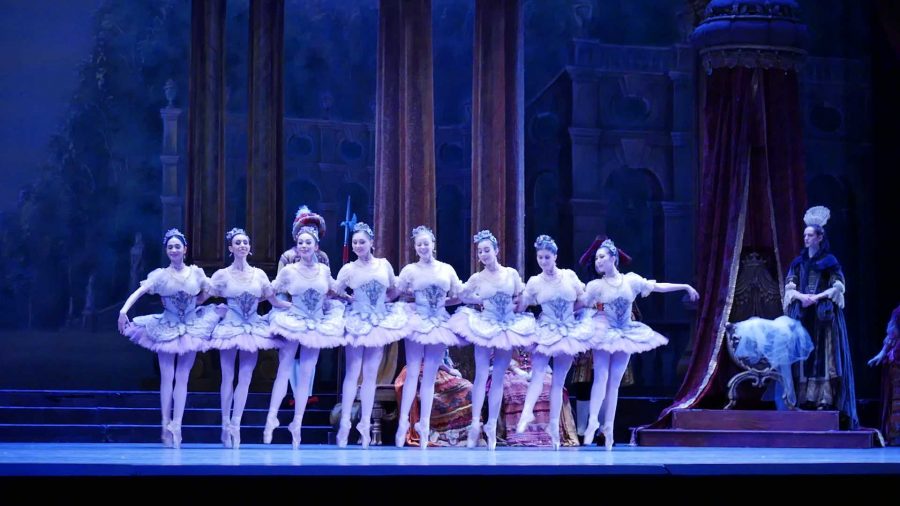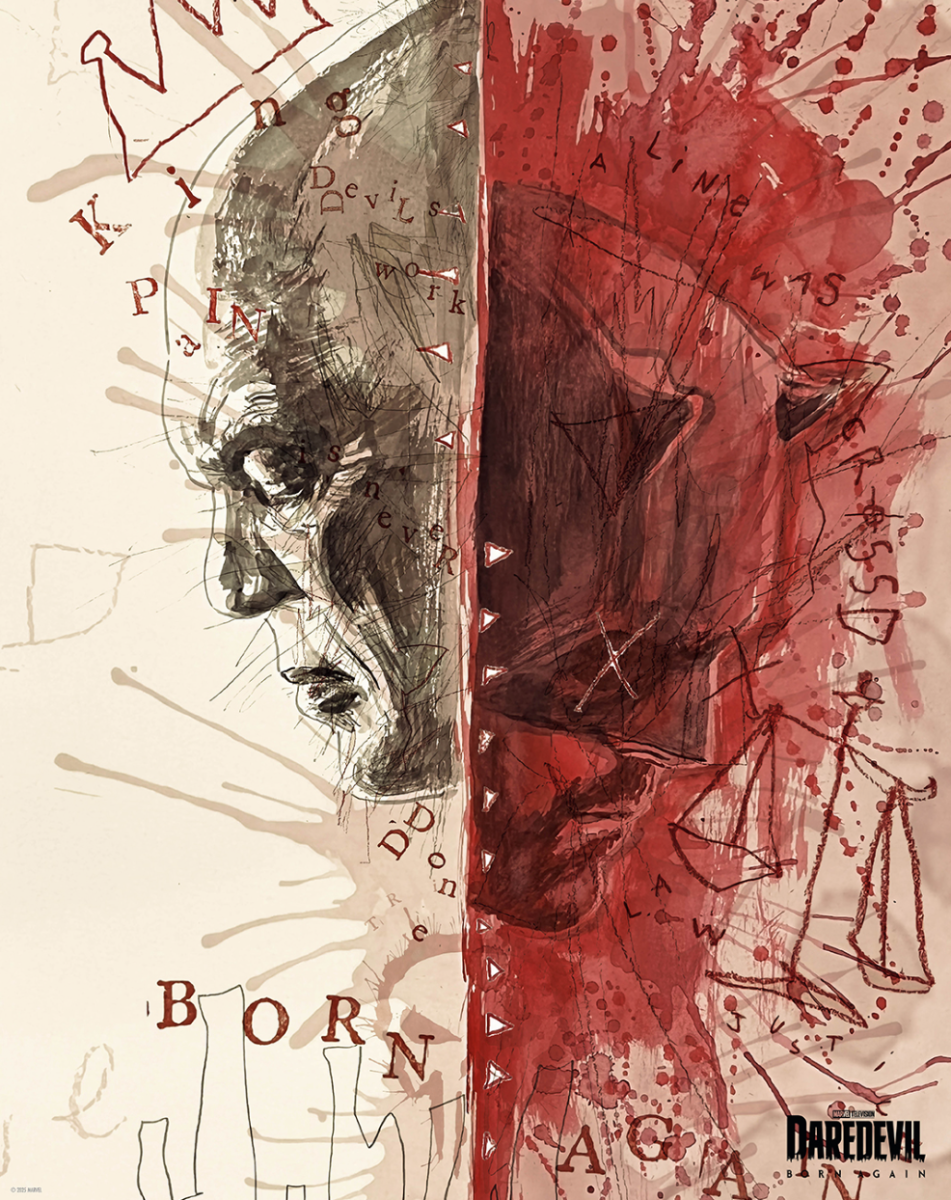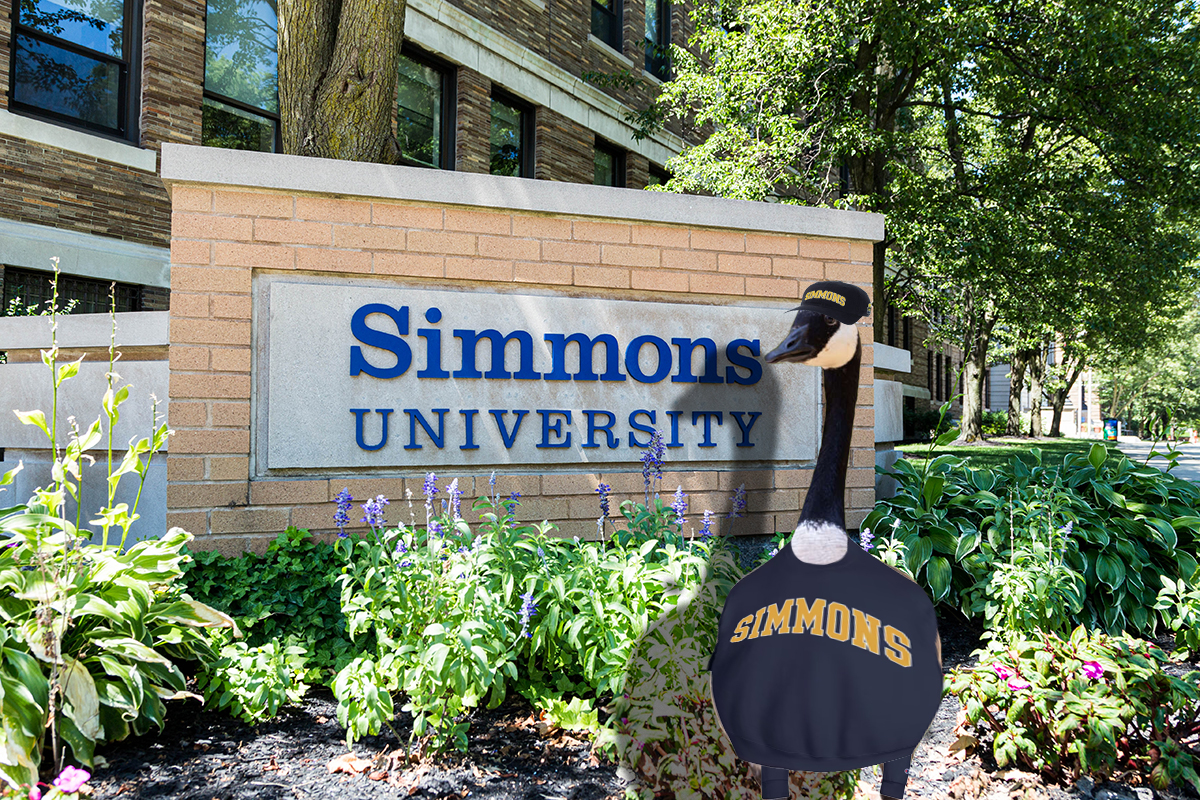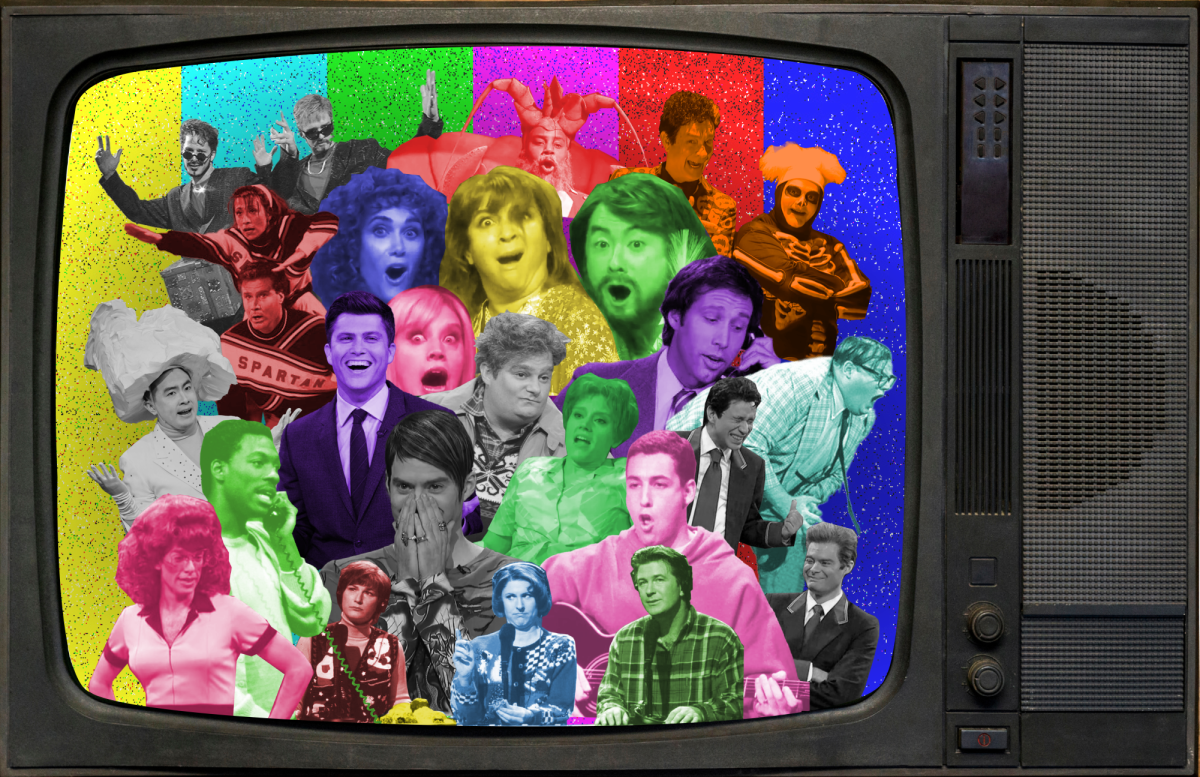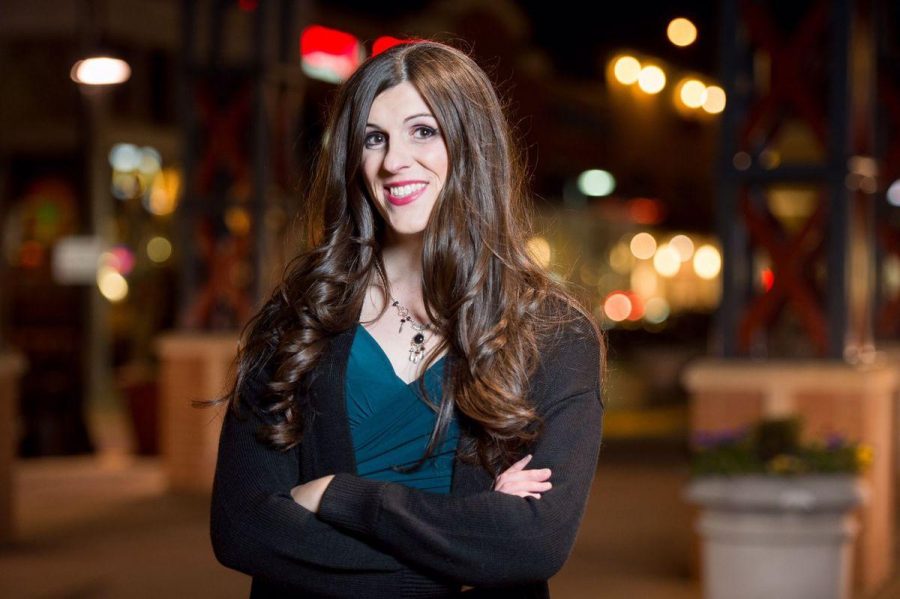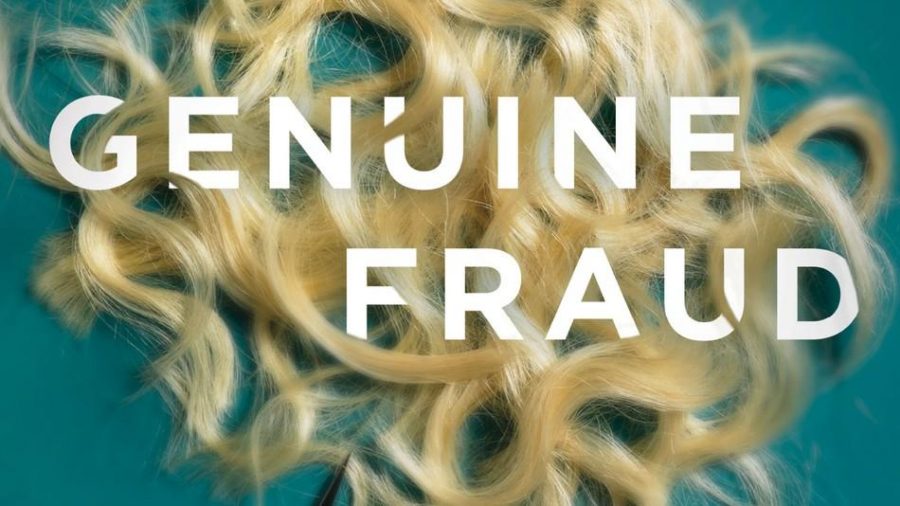By Lisa Nault
Staff Writer

Combine “Inception” with superheros and a small acid trip and you get the newest Marvel movie, “Doctor Strange.” The film entered theaters this weekend, and naturally Marvel fans ran to get the best seats. “Doctor Strange” was visually spectacular but it can be disorienting with an engaging yet predicatble plot. Fans will not be disappointed.
The story follows Benedict Cumberbatch as Dr. Stephen Strange, an incredible neurosurgeon who gets into an accident and can no longer work with his hands. On the path to find a medicine or a cure for his ailment, Strange discovers a group of sorcerers who have the ability to move between realities and worlds. They protect the Earth, but Strange is more concerned that they might be able to fix his hands, and so he begins to learn their ways.
The biggest take away from the film was the amount of visual effects and art design required to create numerous worlds and the ability to bend reality. The amount of dedication and effort that went into the movie from all of the effects companies used is clear to viewers.
Dozens of artists worked hard and spent countless hours creating intense scenes frame by frame. Whenever “Doctor Strange” had the characters enter other worlds or the reality of Earth was being manipulated, people were amazed by how complex the scenes were.
Despite sharing similar traits to “Inception,” like how the buildings move and turn sideways/upside down, it was still cool to see again. When you are sitting in the theater after the film is done and waiting for the post- credits- scene read those end credits; they will reveal the scale a project of this size requires of artists.
To capture the mystic nature of the characters that connects them to these worlds, the actors learned a dance style, known as finger tutting to portray the act of spell casting. For those who do not know what finger tutting is, this dance is an intricate series of movements using a person’s hands and/or fingers.
There are many YouTubers who post videos about finger tutting that are worth checking out, because it is fascinating to watch. Whoever was the creative decision-making behind “Doctor Strange” in regards to how the characters spell cast was a genius for picking finger tutting.

There are several famous actors who play the main characters in “Doctor Strange,” including Benedict Cumberbatch, Tilda Swinton, Chiwetel Ejiofor, Rachel McAdams, and Mads Mikkelsen. Ejiofor plays Mordo, a sorcerer who first meets Strange and introduces him to the mystic arts. He plays a kind hearted yet naive man who does not question his mentor’s words. Honestly, his character was intriguing, but he did not get as much screen time as he could have. It would have been beneficial to have more scene between Mordo and Strange that did not involve exposition.
By providing more screen time for Mordo, his character development would have been more impactful and less sudden. Ejiofor is a talented actor but had little to work with, so his performance, while fine, is forgettable. The next “Dr. Strange” film will allow the character to interact differently with his environment and other people, so Ejiofor will likely shine then.
Swinton, on the other hand, makes an impression on audiences, but her acting falls flatter than usual. She plays a character known as The Ancient One, the leader of the group of sorcerers. Her design is striking; for example, Swinton dresses in a highly saturated gold cloak that immediately catches the eye.
There was controversy revolving around her playing a character who, in the comics, is an Asian man. Whitewashing is a huge problem in the film industry that needs to be fixed. Swinton did well portraying a peaceful, wise mentor, but she could not quite capture the duality of the character. This character has been alive for hundreds of years and has dealt with internal conflicts as much as she has dealt with exterior ones. Swinton just did not capture the more human and flawed side of the character.
Mads Mikkelsen was a cliche villain and did not bring much to the film except an intimidating presence. Rachel McAdams played one of the only normal humans in the film who had no supernatural powers. She was a likeable character who was sassy, considerate, and realistic, as she responded to situations like normal humans.
She had the perfect amount of screen time in which viewers got to relate to her, but not too much that she would disrupt the flow of the main story.
Cumberbatch was perfect as Stephen Strange. He was narcissistic, brilliant, and arrogant, but then developed into a narcissistic, brilliant, arrogant, and selfless leader. Strange never hides the fact that he is concerned about his own well-being: in fact, this trait motivates him the majority of the movie. His sassy attitude was endearing and he was a likeable hero.
The plot had nothing inherently wrong with it, and by far the best moment was the climactic confrontation with the villain from a different world. But the plot was predictable, which was unfortunate since so many of the “big surprises” were not shocking at all.
If viewers are looking for a unique film that stands out among the rest, this one may disappoint. If that does not bother audience members then the other aspects of the film are quite enjoyable. “Doctor Strange” is worth seeing in theaters if the chance arises.





